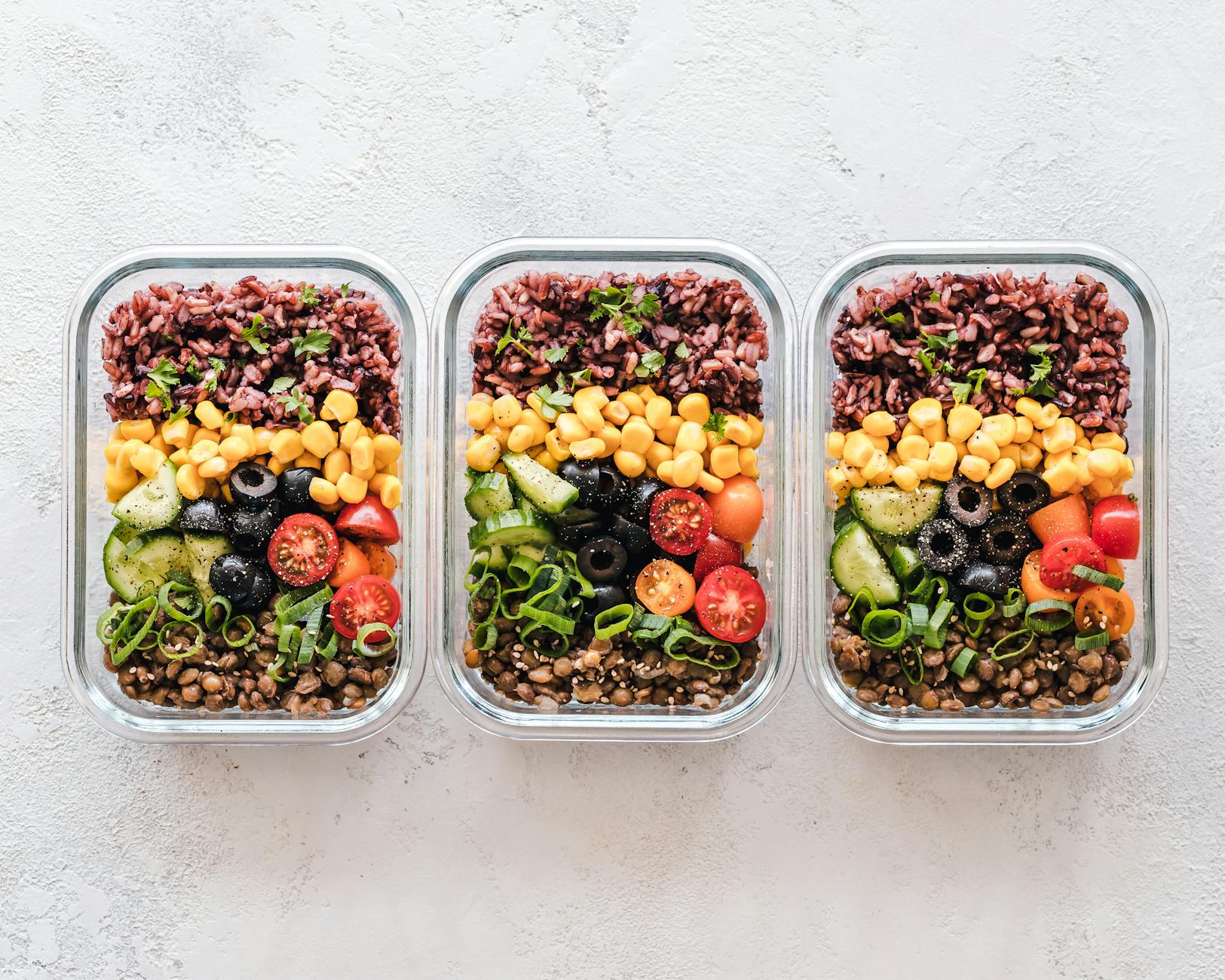The Ultimate Guide to Intermediate Fasting: Benefits and Basics

Ever skipped breakfast and felt oddly energized? That’s not your imagination working overtime. Turns out, 16 hours without food might be exactly what your body’s been craving all along.
If you’ve scrolled through fitness Instagram lately, intermediate fasting has likely popped up between workout videos and meal prep tutorials. But this isn’t just another fleeting wellness trend.
I’ve spent months researching the science behind fasting windows and talking with people who’ve transformed their health without counting a single calorie. The benefits go way beyond weight loss think mental clarity, cellular repair, and potentially longer life.
But here’s what nobody tells you about starting intermediate fasting: the first week challenges aren’t what you’d expect, and the solution is ridiculously simple.
Understanding Intermittent Fasting
A. What Is Intermittent Fasting?
Intermittent fasting isn’t a diet—it’s an eating pattern that cycles between periods of eating and not eating. Think of it as choosing when to eat rather than what to eat. Popular approaches include the 16/8 method (fasting for 16 hours, eating during an 8-hour window) and the 5:2 pattern (eating normally five days, restricting calories two days).
B. History and Evolution of Fasting Practices
Fasting has deep roots in human history. Ancient hunters fasted out of necessity, while many religions incorporated fasting for spiritual purification. What began as survival and religious practice has evolved into a science-backed health strategy. Modern intermittent fasting emerged in the early 2000s as researchers discovered its potential metabolic benefits.
C. Common Misconceptions Debunked
Contrary to popular belief, intermittent fasting doesn’t slow metabolism it actually may boost it temporarily. And no, you won’t lose muscle mass if you’re eating adequate protein and exercising regularly. The biggest myth? That it’s just another diet fad. The growing research suggests otherwise, pointing to lasting benefits beyond weight management.
Popular Intermittent Fasting Methods

Popular Intermittent Fasting Methods
A. 16/8 Method (Leangains Protocol)
The 16/8 method is crazy simple but effective. You fast for 16 hours and eat during an 8-hour window like noon to 8 PM. Skip breakfast, have lunch and dinner, and watch the magic happen. Most people find this the easiest fasting approach to stick with.
B. 5:2 Diet Approach
With the 5:2 approach, you eat normally five days a week and restrict calories (about 500-600) on two non-consecutive days. Think normal Monday, Tuesday, Thursday, Friday, Sunday, with mini-fasts on Wednesday and Saturday. It’s flexible enough to fit most lifestyles.
Science-Backed Benefits of Intermittent Fasting
Science-Backed Benefits of Intermittent Fasting
A. Weight Loss and Fat Burning
Intermittent fasting kicks your fat-burning into overdrive. When you restrict eating hours, your body depletes glucose stores and switches to burning fat for energy. Studies show people typically lose 3-8% of their body weight within 3-24 weeks of starting intermittent fasting.
B. Improved Metabolic Health
Your metabolism gets a serious upgrade with intermittent fasting. Blood sugar levels drop by 3-6% while fasting insulin decreases by 20-31%. This powerful combo reduces insulin resistance and lowers your risk of type 2 diabetes dramatically – exactly what you need for long-term health.
C. Cellular Repair and Longevity
Fasting triggers autophagy – your body’s cellular cleanup crew. This process removes damaged proteins and components, reducing inflammation and potentially extending lifespan. Animal studies consistently show intermittent fasting increases lifespan by 30-40%.
D. Brain Health Enhancement
Your brain absolutely loves intermittent fasting. It boosts production of BDNF (brain-derived neurotrophic factor), which grows new neurons and protects existing ones. This may improve cognitive function and protect against neurodegenerative diseases like Alzheimer’s and Parkinson’s.
Getting Started with Intermittent Fasting
Determining Your Fasting Goals
Want to lose weight? Improve mental clarity? Or boost overall health? Your “why” matters. Figure out what you’re after with intermittent fasting before jumping in. This helps you choose the right approach and stay motivated when hunger strikes.
Choosing the Right Method for Your Lifestyle
The best fasting method is one you’ll actually stick with. If you’re a breakfast person, maybe 12/12 is your starting point. Night owl? The 16/8 method might work better. Your schedule, preferences, and lifestyle should guide your choice.
Optimizing Your Diet During Eating Windows

Optimizing Your Diet During Eating Windows
A. Nutrient-Dense Foods to Prioritize
When your eating window opens, focus on nutrient powerhouses like leafy greens, colorful veggies, lean proteins, and healthy fats. These foods maximize the nutritional value of your limited eating time, keeping you satisfied longer while supporting metabolic health and energy levels.
B. Hydration Guidelines
Don’t forget to drink up! Water is your best friend during both fasting and eating windows. Aim for at least 8-10 glasses daily, and consider adding electrolytes if you’re fasting for extended periods. Proper hydration prevents the common mistake of confusing thirst with hunger.
Navigating Common Challenges

Managing Hunger and Cravings
Hunger pangs hit hard when you’re new to intermittent fasting. The good news? They typically subside within 10 days as your body adjusts. Try drinking black coffee, herbal tea, or sparkling water during fasting windows—these zero-calorie options can trick your brain and stomach into feeling satisfied.
Maintaining Social Life While Fasting
Social events don’t have to derail your fasting schedule. Plan ahead by adjusting your eating window to coincide with social gatherings. If that’s impossible, don’t stress! Simply choose lighter options, focus on the company rather than the food, or consider that occasional flexibility won’t ruin your overall progress.
Special Considerations for Different Groups

A. Women and Hormonal Health
Intermittent fasting affects women differently due to their unique hormonal makeup. Some women report irregular periods or increased PMS symptoms when fasting too aggressively. Start with shorter fasting windows (12-14 hours) and pay attention to how your body responds.
B. Athletes and Active Individuals
Active folks need more fuel, plain and simple. If you’re training hard, consider scheduling workouts during feeding windows when you have energy available. Many athletes find success with modified approaches like fasting only on rest days or using shorter fasting periods that don’t compromise performance.
C. Older Adults
Seniors should approach fasting carefully, focusing on nutrition quality during eating windows. Protein becomes especially important to prevent muscle loss. Many older adults benefit from gentler fasting schedules combined with regular physical activity to maintain muscle mass and bone density.

Intermittent fasting offers a flexible approach to eating that can transform your health beyond just weight loss. Whether you choose the 16/8 method, 5:2 approach, or alternate-day fasting, the benefits are substantial—from improved metabolic health and reduced inflammation to enhanced brain function and cellular repair. The key is finding the method that fits your lifestyle while focusing on nutrient-dense foods during your eating windows.
Remember that intermittent fasting isn’t for everyone. Start slowly, listen to your body, and consult healthcare professionals if you have underlying health conditions. With patience and consistency, intermittent fasting can become a sustainable part of your wellness journey, helping you develop a healthier relationship with food while enjoying improved energy and overall well-being.



